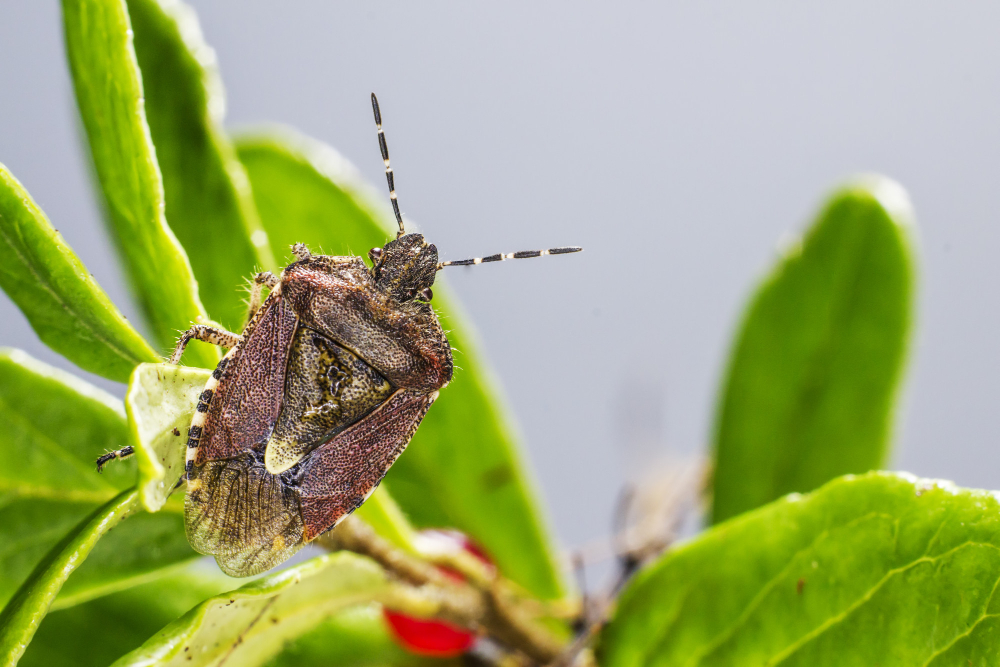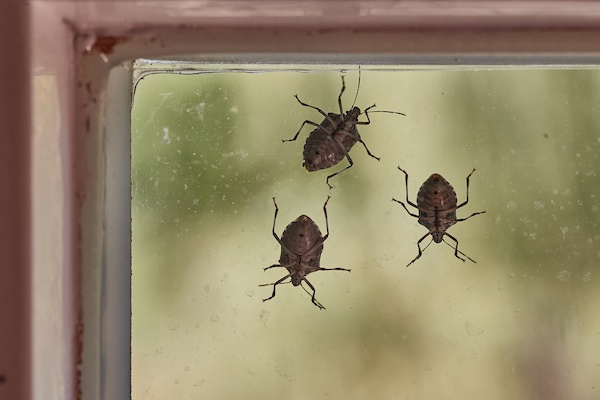Stink bugs might not look threatening, but their presence indoors can quickly become a nuisance. Known for their distinct odor when crushed or disturbed, these shield-shaped insects often seek shelter in homes during cooler months. While they don’t pose direct health threats, they can damage plants and invade living spaces in large numbers. Recognizing the signs of stink bugs early and taking the right steps can help prevent a minor issue from turning into a full-blown pest infestation.

Spotting the Early Warning Signs
Identifying stink bugs before they settle in is key to effective prevention. Homeowners should stay vigilant, especially during seasonal transitions when pests are most likely to migrate indoors. Start by observing high-risk areas of your home, such as window sills, attic corners, door thresholds, and ceiling lights. These are common resting spots for stink bugs seeking warmth and shelter.
In addition to their visible presence, you may hear light fluttering sounds in rarely used rooms or detect their distinct, pungent odor, which is emitted when the bugs are crushed or threatened. If you also notice unexplained blemishes on indoor plants or garden crops, this may point to an increasing stink bug population. Prompt identification allows you to act before these insects multiply and embed themselves deep within the structure of your home.
Why Your Home Attracts Stink Bugs
Understanding what draws stink bugs indoors is crucial to prevention. These insects are primarily attracted by warmth, shelter, and access to food sources. During the fall, stink bugs start looking for safe places to overwinter, and your home may provide just that. If your home has many entry points such as unsealed windows, torn screens, or cracks along the siding, you are more likely to experience an infestation.
Additionally, exterior lighting plays a bigger role than most homeowners realize. Bright white or blue-toned outdoor lights can act as a magnet for stink bugs, encouraging them to approach your house in the first place. Homes surrounded by fruit trees, vegetable gardens, or thick vegetation may also provide food sources that attract these pests. Recognizing these attractants allows for strategic preventive action, making your home less welcoming to unwanted insects.
For those living in areas with heightened seasonal activity, learning about regional trends can make a difference. For instance, this helpful guide on stink bugs explains how local environmental conditions contribute to infestations and can help homeowners better time their prevention strategies.
Prevention Tactics That Work
To keep stink bugs at bay, homeowners should implement both physical and environmental deterrents. Prevention is most effective when addressed proactively and seasonally, especially during late summer and early fall.
- Seal Entry Points: Use caulk or weather stripping around windows, doors, and vents to close off potential access.
- Replace Screens: Check window and door screens for holes or tears and repair them promptly.
- Switch Exterior Lighting: Swap out white lights with yellow bug lights, which are less attractive to insects.
- Manage Outdoor Vegetation: Maintain a clean yard by trimming shrubs and trees and removing leaf litter close to the house.
- Use Traps Cautiously: Some traps may help reduce indoor sightings, but they are not a long-term solution.
Implementing these measures before peak seasons reduces the likelihood of having to deal with large-scale invasions later on.
When Infestations Escalate
Despite best efforts, stink bugs can sometimes gain access and begin multiplying indoors. The situation may become more serious if you observe a surge in numbers or frequent reappearances.
To understand just how persistent and challenging stink bug invasions can be, it’s useful to explore their broader behavior. This includes examining how they establish themselves in difficult-to-reach places like wall voids and attics. For more on their spread and the underlying causes of recurring issues, refer to this discussion on their invasive behavior, which highlights why early detection and proper treatment are essential.
Why Professional Support Is Crucial
Stink bugs may not bite or sting, but they’re persistent, especially in climates that favor seasonal indoor migration. DIY solutions may offer short-term relief but often fail to address the root of the problem.
Professional pest control experts bring:
- Comprehensive Inspections: Identifying hard-to-reach nesting spots.
- Targeted Treatments: Safe and effective methods to eliminate current bugs and prevent new entries.
- Long-Term Planning: Recommendations that address both structural and environmental factors contributing to infestations.
By opting for expert services, homeowners ensure a thorough and lasting solution that minimizes future occurrences.
Let the Experts Handle It
Tired of dealing with these unwelcome visitors? Reach out to United States Pest Service for tailored solutions that protect your home from stink bugs year-round. Their experienced professionals are equipped to inspect, treat, and prevent infestations with care and precision. Don’t let stink bugs take over your home. Let the experts step in and restore your peace of mind.

